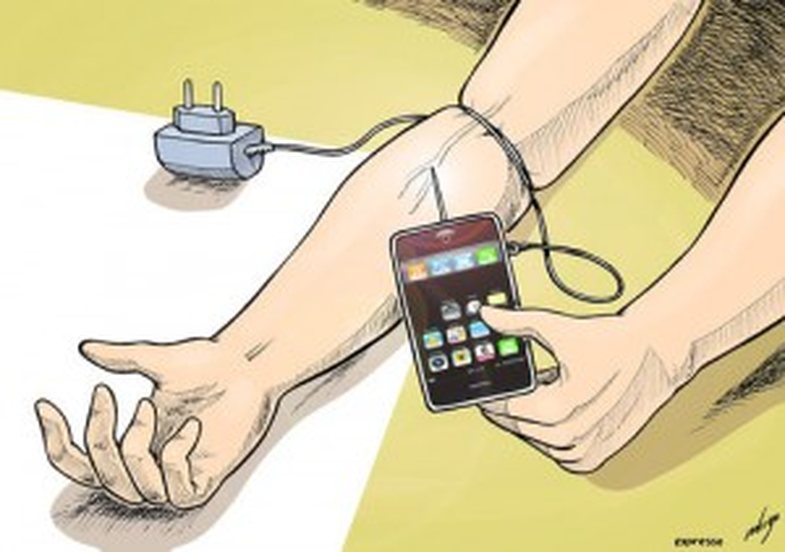
When these little content circles started in August 2016, people swore they would not use them because Instagram had imitated Snapchat. A year after its launch, Instagram stories numbered 150 million users and today over 500 million interact with Instagram stories.
"Instagram stories work more or less like Netflix episodes, they're all available there, so we're all seeing them (binge-watching). The fact that they're so short and fast makes them even more appealing. ", says dr. Raffaello Antonino, psychologist.
This type of content was created specifically to take us away from the responsibilities of reality even faster than other social media innovations. Companies have created a vicious cycle, where, as with drug addiction, the user demands more and more without realizing what he is doing.
The fact that Instagram stories are generally more "carefree", easier to make, also contributes to their allure. Social networks can create a false reality, but in stories - people often tell their story, share a real event and everything becomes more tangible.
A survey conducted by Facebook found that people think they can be more authentic in stories, as the content disappears after 24 hours, which they find more tempting.
Furthermore people can communicate very easily through stories. A reply, a "react" and so on, started a new conversation, maybe even a new friendship or acquaintance.
The strangest thing that happens is the other phenomenon: We see hundreds of times the posts we make ourselves in the story. Sounds ridiculous and we do not know how we got to this point, but we assure you everyone does. This is what the surveys and research done say.
Reason? Very simple. As a species, we are naturally curious about humans and how they view us. The Looking-Glass Self theory was developed by a sociologist named Charles Cooley in 1902, claiming that we develop our concept of ourselves by observing how we are perceived by others.
Basically, we post the highlights of our lives to strengthen our identity. This has the potential to get us stuck in a vicious cycle, where we feel that the only way to boost our confidence and self-esteem is to keep posting our “perfect” projection of ourselves.
The impact of mental health
When it comes to our mental health, as with many other aspects of social networking, stories can also contribute to anxiety and depression. Digitally induced body dysmorphia is already commonplace in society.
"Kids and adults of all ages have told me they are ashamed to post pictures of themselves without the use of filters. Some tell me they will do plastic surgery to look more like the filtered version of themselves," says Magavi. psychologist.
With filters or not, we get a dose of dopamine every time a message comes to us or we see that the former has seen our posts. All these sensations have their question marks.
"People who see our stories can create false feelings, feelings that can never take the place of a real conversation or pastime with someone we love. Over time, this can create feelings. vetmie. "
Social media may seem like an uncontrollable avalanche of humanity, but while the effects are disturbing, not everything is so bleak. Through them we can learn new things, train, cook a new recipe, communicate with a prospective employee, etc. Therefore, the key is to find a healthy balance and this can only be achieved by being aware of the impacts of social networking on a personal level.
When you think you are lost in the whirlpool of Instagram, come back to this article to remind yourself what really matters!
Source: Healthline





